
Superpowers are not limited to television shows, films, and mythologies; animals have them, too. From powerful grips to incredible speed, the ability to freeze to regrowing body parts, the animal kingdom is full of surprises. Here is a list of 30 incredible animals and their superpowers.
Peregrine Falcon – Super speed during dives

When searching for prey, the peregrine falcon is capable of diving at amazing speeds. With its wings tucked in, it launches itself into a steep dive, hitting nearly 240 mph (386 km/h). You will find the peregrine falcons everywhere, except for Antarctica. They can fly quite low over land or water.
Axolotl – Regeneration ability

Axolotls have an amazing ability to regrow missing body parts, like limbs and tails. These salamanders are native to the waterways of Mexico City, especially the canals. These aquatic wonders can even regrow parts and sections of their hearts and brains. In fact, an axolotl can completely regenerate a lost limb.
Electric Eel – Ability to generate electricity
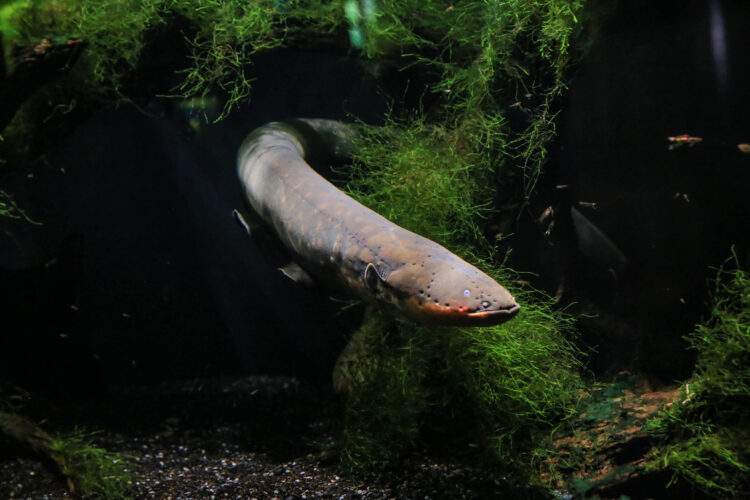
Electric eels are incredible animals with a surprising superpower. They possess the ability to generate electricity. Eels have special organs in their body to generate this superpower. These incredible animals have evolved to develop these unique organs within their bodies. In fact, their cells are set up like batteries in stacks.
Mimic Octopus – Master of camouflage

The mimic octopus is an incredibly skilled marine being. They possess the superpower of changing their color, form, and texture simply to fit in within the environment. Mimic octopuses often confuse predators by mimicking lionfish, flatfish, and sea snakes. Additionally, they can blend well with a sandy environment.
Cheetah – Incredible speed

Cheetahs are known as the fastest land animals present on earth. Within no time, they can reach speeds of 60 to 70 miles per hour (96 to 113 kilometers per hour). While they hunt, they utilize their incredible speed to capture prey. Cheetahs have a three-second 0–100 km/h acceleration time. Their highest speed is 120 kilometers per hour.
Bombardier Beetle – Shoots boiling chemicals as a defense

The bombardier beetles, as their name suggests, are quirky animals. They have a special defense mechanism that they utilize when threatened. Their belly contains some glands that produce a heated, toxic chemical spray as high as 100 degrees celsius. This mixture of boiling chemicals acts as an obstacle to attackers and thus prevents them from attacking.
Platypus – Electroreception
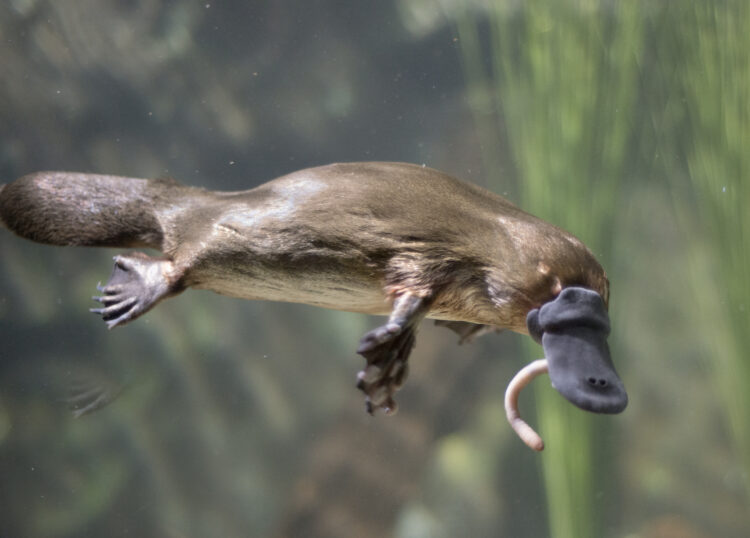
Platypus is a mammal native to Australia. This carnivorous mammal can sense any electrical impulses (through electroreception) emitted by other creatures. This amazing skill helps them find their food; be it insects, crustaceans, or any other. They can even detect food in low-light conditions.
Archerfish – Spitting water to hunt insects

Archerfish are tiny tropical fishes with a fascinating hunting strategy as their superpower. With amazing accuracy, they launch water jets from their mouths every time they see insects sitting on leaves or branches. By doing so the insect falls into the water, thus readily captured and eaten by the archerfish. This expert predator in its aquatic environment masters time and accuracy.
Pistol Shrimp – Creates shockwave with its claw.
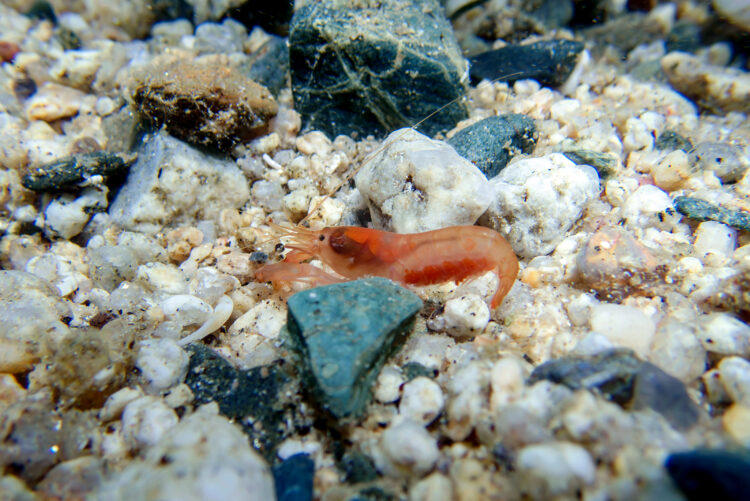
The Pistol Shrimps can produce a forceful shockwave. They do so by quickly snapping at their specially designed claw shut. This is an amazing superpower that helps them to kill any close prey. Once the cavitation bubble is created, it explodes with enormous force, stubbing or killing the prey.
Mantis Shrimp – Powerful punch

The marine crustacean mantis shrimp, or ‘thumb splitters,’ are known for their extraordinarily powerful punch. At up to 23 meters per second, they hit with remarkable force and speed. Their punch has the strength to shatter aquarium glass walls and crack prey’s shells. They have one of the fastest and strongest punches in the animal kingdom.
Honey Badger – Fearlessness and resilience

The honey badger or ‘ratel,’ is well-known for its remarkable bravery and fearlessness. It can face and frighten considerably larger predators including lions and hyenas, despite its comparatively tiny size. It can protect itself against possible attacks, all thanks to its powerful jaws and keen claws. Also, its thick, protective skin protects from poisonous animals like snakes and scorpions.
African Elephant – Exceptional memory
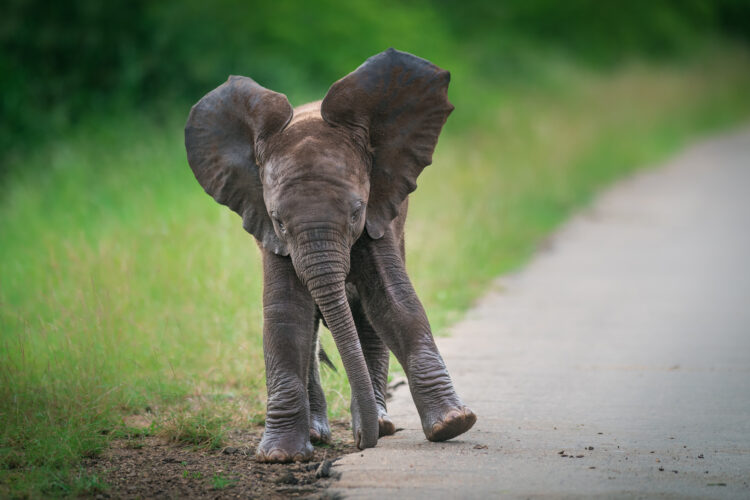
Because of their exceptional memory, African elephants are known for being able to recall crucial areas, including food sources, drinking holes, and migration routes. Their mental capacity assures their survival in harsh conditions and allows them to navigate large terrain. It also allows them to maintain family bonds.
Wood Frog – Ability to freeze and thaw

Wood frogs can survive sub-freezing conditions. They can achieve a state of inactivity in the winter by letting their bodies freeze. The kind of antifreeze protein they make keeps ice crystals from accumulating inside their cells, allowing them to defrost and resume normal activity as the temperature rises.
Gecko – Wall climbing ability

Geckos are incredible creatures known for clinging to vertical surfaces. They can even hang upside down from ceilings. They can do so due to the strong Van der Waals forces generated by their unique toe pads covered in microscopic hairs called setae. With this amazing talent, geckos can easily pass through tricky terrain and avoid predators.
Electric Ray – Electric discharge for defense
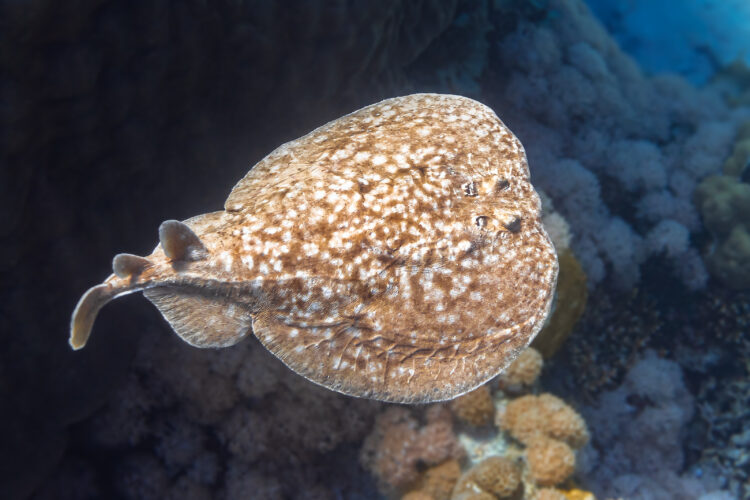
Electric rays have developed specialized organs called electrolytes. These organs are meant to generate and discharge electricity. They use this electric shock for hunting prey along with utilizing it as a defense mechanism against predators. When threatened, electric rays can deliver a powerful electric jolt to deter potential threats.
Tardigrade – Extreme resilience to various conditions

Water bears, or tardigrades, are little invertebrates. They are known for their extraordinary endurance. They can survive through numerous conditions ranging from extreme weather, radiation, dehydration, and even space vacuum. To achieve this, tardigrades enter a state known as cryptobiosis. In this state, it virtually completely stops metabolizing until favorable conditions return.
Horned Lizard – Shoots blood from its eyes.

The horned lizard has ducts close to its eyes through which it can spray a flow of foul-tasting blood when threatened. As the blood can irritate or even poison potential predators, this action acts as a deterrent to them. In addition, they have additional defense strategies like self-puffing and concealment.
Trap-Jaw Ant – High-speed jaws for catching prey

Trap-jaw ants can efficiently defend their colonies and capture prey. Their superpower? They are blessed with extraordinary speed at which their mandibles can slam shut. They can effectively grab microscopic insects and other prey items with their quick jaw movement. They can move at speeds of 115 to 207 feet per second.
Regal Horned Lizard – Ability to shoot jets of blood from its eyes

When threatened, the regal horned lizard, like the horned lizard, can shoot jets of blood from ducts close to its eyes. The unexpected discharge of blood alarms and diverts predators, which aids in preventing them. They use other defense mechanisms like camouflage and digging holes in the ground for shelter.
Orchid Mantis – Camouflage as a flower to attract prey
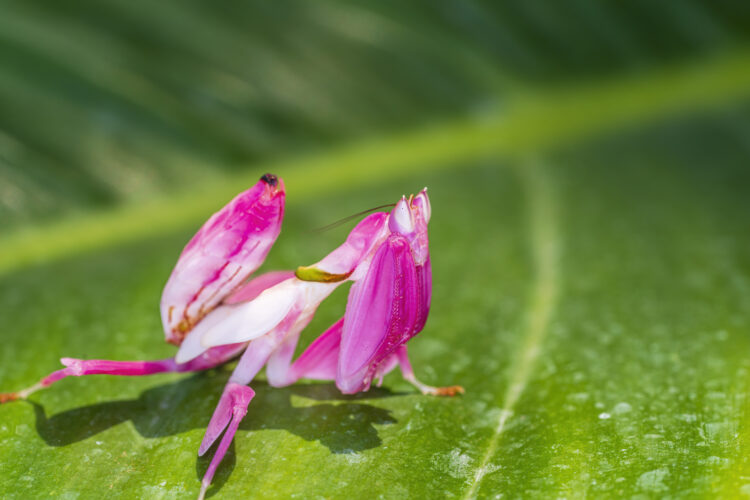
Because of their flower-like appearance, orchid mantises evolved to draw in naive insects like butterflies and bees. They are highly skilled ambush predators since they melt into their flowery surroundings. They are the only insect known to imitate a plant as an offensive mechanism. Detecting them is trickier than one can think.
Cuttlefish – Masters of disguise and color change

Cuttlefish can rapidly change their color and texture to blend in with their surroundings. They even do so to communicate with other cuttlefish. These specialized cells are known as chromatophores. In their aquatic habitat, this amazing ability helps them avoid predators and ambush prey. All they need is a fraction of a second to completely alter their appearance.
Peacock Spider – Vibrant displays for mating

Male peacock spiders can be identified by their elaborate mating displays. This includes graceful dance steps and vivid coloring on the folds of their abdomens that mimic tiny peacock feathers. These displays aim to get attention from females and show off the male’s suitability as a possible partner. Besides this superpower, they are one gorgeous creature to spot.
Humpback Whale – Complex songs for communication

Humpback whales are well-known for their spooky and nuanced melodies. They use this superpower for social activities as well as for communication during the mating season. Whale populations are said to preserve social relationships through the use of these songs. Their songs can travel great distances through the ocean.
Flea – Incredible jumping ability relative to its size
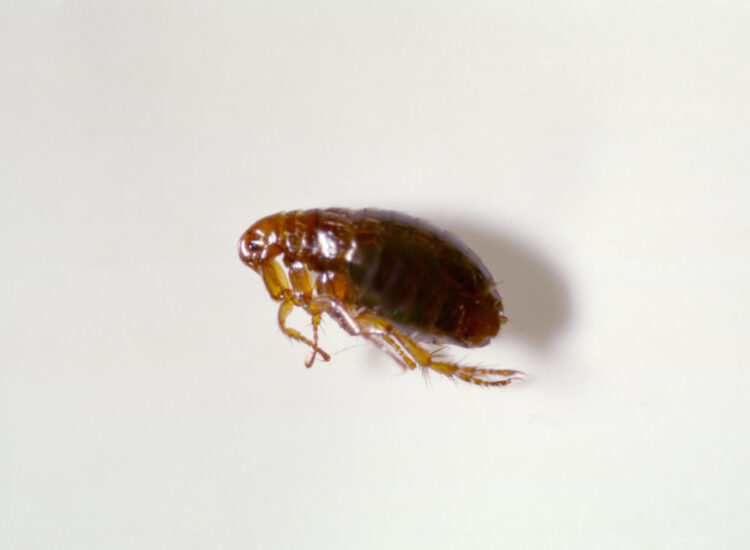
Fleas have powerful back legs that enable them to jump remarkably far for their size. Their amazing ability to jump allows them to move fast between hosts and avoid being caught by predators. Fleas may jump more than 12 inches or 200 times their body length. Considering their size, they move faster than you may think.
Harpy Eagle – Powerful grip strength

Harpy eagles utilize their extraordinary grip and talons to catch and carry prey. They can catch prey which are larger than them including sloths and monkeys. Harpy eagles can hold their prey and carry it back to their nests for feeding because of their strong grip. They have a grip strength of 530 pounds per square inch (PSI).
Sea Cucumber – Ability to regenerate internal organs

Sea cucumbers possess an incredible ability to rebuild internal organs, such as the reproductive and digestive systems. They can even regenerate some elements of the neurological systems. Sea cucumbers can recover from wounds and survive in their maritime habitats. They typically reject their organs to scare off predators.
Dung Beetle – Navigation by the Milky Way
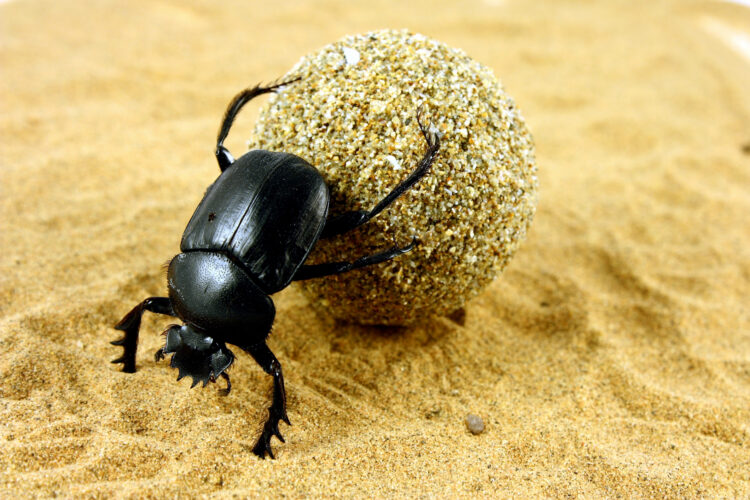
Dung beetles use the Milky Way to guide them as they roll dung balls away from the fierce competition at the dung pile. By aligning themselves with the tiny ring of light in the night sky, they can stay on course and ensure the success of their reproductive endeavors.
Narwhal – Echolocation and a unique tusk
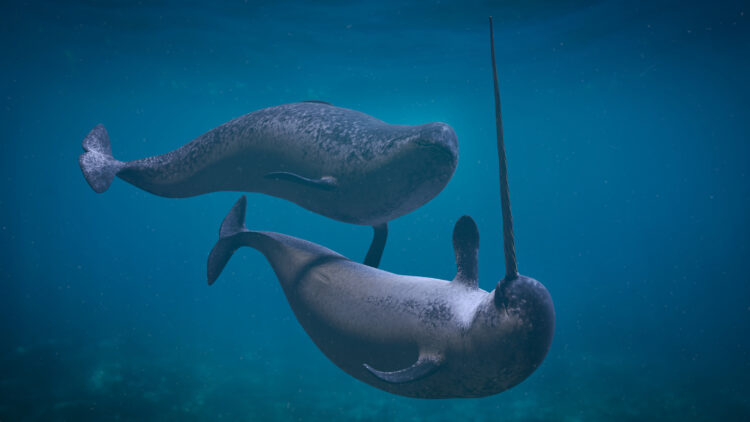
Narwhals use echolocation to navigate and hunt in the dark, murky waters of the Arctic. They emit clicks, which bounce off objects and return as echoes, helping them determine the size, shape, and distance of objects or prey. The most distinctive feature of the narwhal is its long, spiral tusk, which can grow up to 10 feet long.
Glow Worm – Bioluminescence to attract prey

Glow Worms produce a blue-green light from their abdomens to attract prey. The light lures small insects towards sticky threads hanging from the glow worm’s habitat, where they become trapped and consumed. The glowing phase lasts for several months before the glowworm pupates and turns into adult gnats, which do not glow.
Lyrebird – Mimicry of sounds and other birds

Lyrebirds are renowned for their exceptional ability to mimic natural and artificial sounds from their environment. They can imitate the calls of other bird species, chainsaws, car alarms, camera shutters, and even human voices. Male lyrebirds have spectacular tail feathers that resemble a lyre when fanned out during courtship displays.

Comments
Loading…